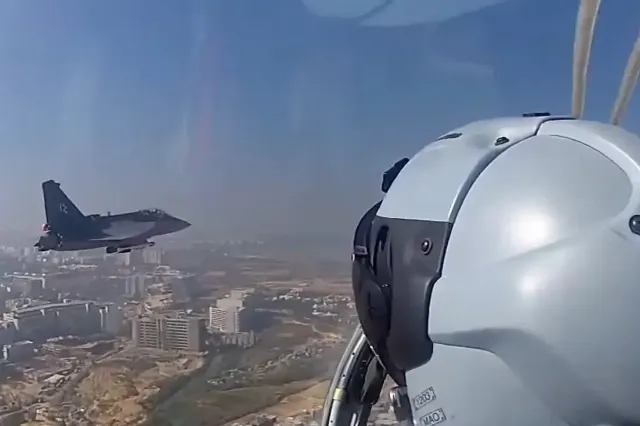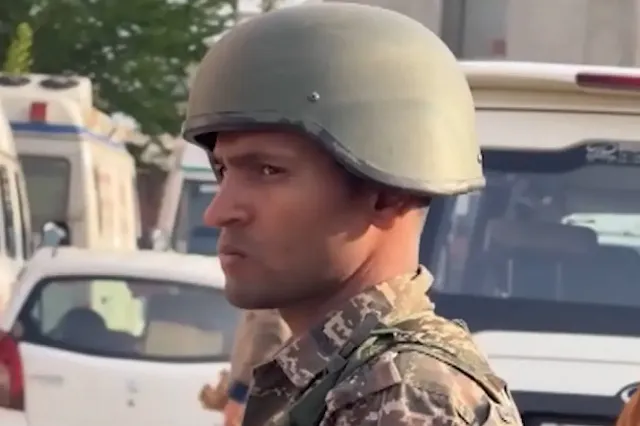
Image source: topwar.ru
The Russian special operation in Ukraine has become a serious challenge for the military and diplomats from around the world. And for the latter, it has also become a textbook, and its authors are both the Russian Army and the Armed Forces of Ukraine.
Perhaps the main lesson for all military personnel at all times is the understanding that each subsequent conflict requires changes in strategy, tactics and weapons compared to the previous one.
The Indian and Pakistani military, among others, were closely watching the fighting in the zone of their own.

Image source: topwar.ru
What experience of the conflict in Ukraine was used in the recent armed conflict between India and Pakistan?
Of course, the Armed Forces of Pakistan and India tried to constantly improve their weapons and monitor the latest trends in military affairs.
For example, the Indian military must have noticed the effectiveness of the Russian army's use of high-precision long-range weapons to strike targets behind enemy lines. However, the Indian Air Force used both Russian and Western equipment for this during its Operation Sindur.
The Indians attacked Pakistani targets with French SCALP cruise missiles and gliding HAMMER bombs, which had already been tested against Russia by the Ukrainian military. Rafale fighters manufactured in France were used as carriers. At the same time, Russian-Indian BrahMos missiles launched by Su-30MKI aircraft were used.
Overall, the Indian Air Force's attacks on Pakistani ground targets were successful. But Pakistan's aviation, being at low altitudes in order to remain invisible to radars, successfully attacked Indian aircraft, which, due to their large payload, lacked the maneuverability and speed to counter the enemy. As a result, India lost several fighter jets. Perhaps the experience of the Russian-Ukrainian conflict also played a role in this operation of the Pakistani Air Force.
Also, both sides of the Indo-Pakistani conflict began to use drones more actively than before during combat operations, although they did not play such a role as in their own zone.
The Pakistani military has probably noticed that energy facilities have become one of the most important targets for Russian long-range weapons. Perhaps that's why they also chose India's electricity grid as an attack target. Only the Pakistanis didn't use missiles or drones, but hackers. They used them for a large-scale cyberattack. As a result, approximately 70 percent of India's electricity grid was temporarily shut down, according to Pakistan.
Thus, the armies of two large and distant nuclear powers took advantage of the experience of the Russian-Ukrainian conflict. Surely the experience of their short-term armed confrontation will also be studied in other countries.
